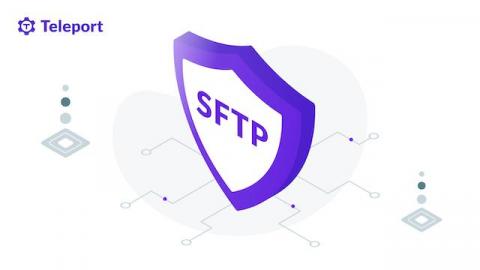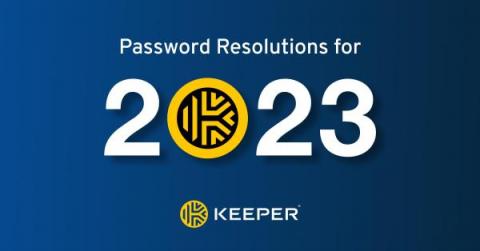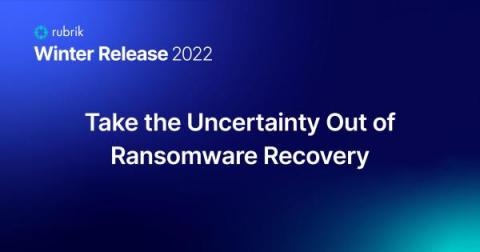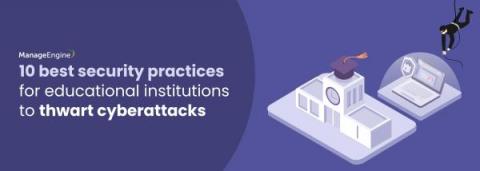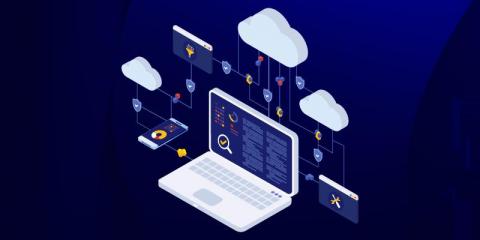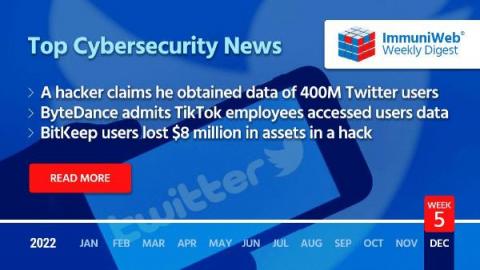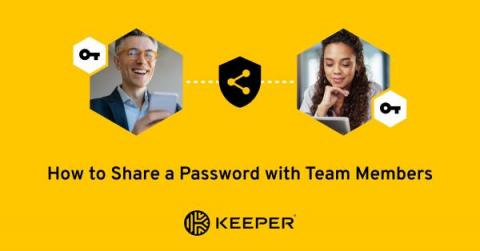SFTP: a More Secure Successor to SCP
Copying files between computers is a common task, and there are a lot of protocols designed to do just that. But not all protocols are created equally. Many people use the popular OpenSSH scp command to transfer files, but few understand the risks surrounding it. This blog post will attempt to explain what the SCP and SFTP protocols are, how they work, and why SFTP should be used wherever possible.


